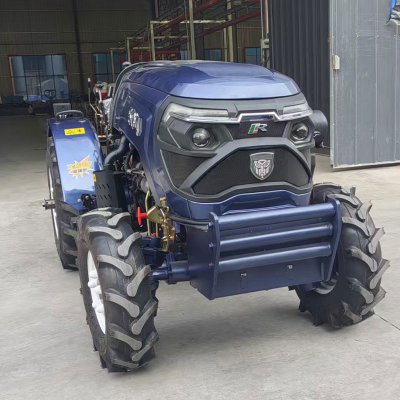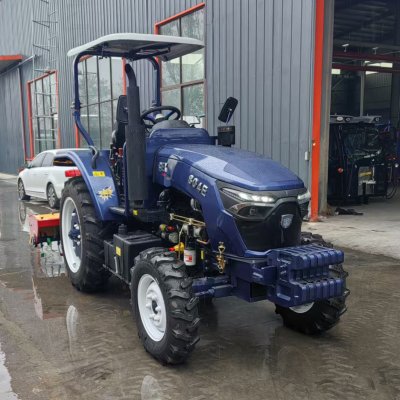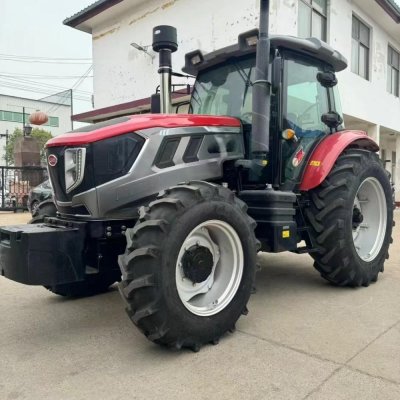AI Technology Empowers Agricultural Mechanization (Part 2)
III. Challenges Faced by AI - Empowered Agricultural Mechanization
1. Technical Challenges
Difficulty in Data Collection and Processing
Collecting and processing data is arduous. The diversity and biological characteristics of agricultural production objects pose challenges to data collection. Different crops vary significantly in growth environments (such as differences in soil type, light intensity, altitude, etc.) and physiological characteristics (varying resistance to pests and diseases among different varieties, growth cycles, etc.). This makes it difficult to obtain unified, comprehensive, and accurate data. For instance, collecting soil moisture data in mountainous and hilly areas is challenging due to complex terrains, which impede the laying of sensors and signal transmission. Moreover, the complex and changeable farmland environment, including weather factors (heavy rain and floods may damage sensors, and strong winds may affect UAV monitoring) and activities of animals and plants (animals may damage equipment, and weeds may block crops, affecting the accuracy of image collection), can interfere with data collection. In terms of data processing, given the large volume and complexity of agricultural data, high - tech requirements are needed for data cleaning, analysis, and the establishment of effective data models. Advanced algorithms are required to handle a large amount of data from different sources and with different structures. For example, processing image data requires complex algorithms such as convolutional neural networks in deep learning. However, the operation of these algorithms usually demands high - end hardware (such as GPU computing resources), which most agricultural enterprises or individual farmers can't afford.
Urgent Need to Improve Algorithm Accuracy and Adaptability
Although AI algorithms can be applied to agricultural mechanization in some scenarios, their accuracy still fails to fully meet requirements. For example, in pest and disease identification, some similar symptoms may be misjudged. Some early - stage pest and disease symptoms are not obvious, and when detected, they may have already caused irreparable damage to crops. Additionally, due to regional differences in geographical environments, crop varieties, and planting methods in agricultural production, the adaptability of existing algorithms in different regions is poor. An algorithm trained in one area may become inapplicable in another area due to changes in factors such as soil fertility and climate, necessitating adjustments and optimizations for different regions. This requires continuous data collection and model retraining, which is a complex and costly process.
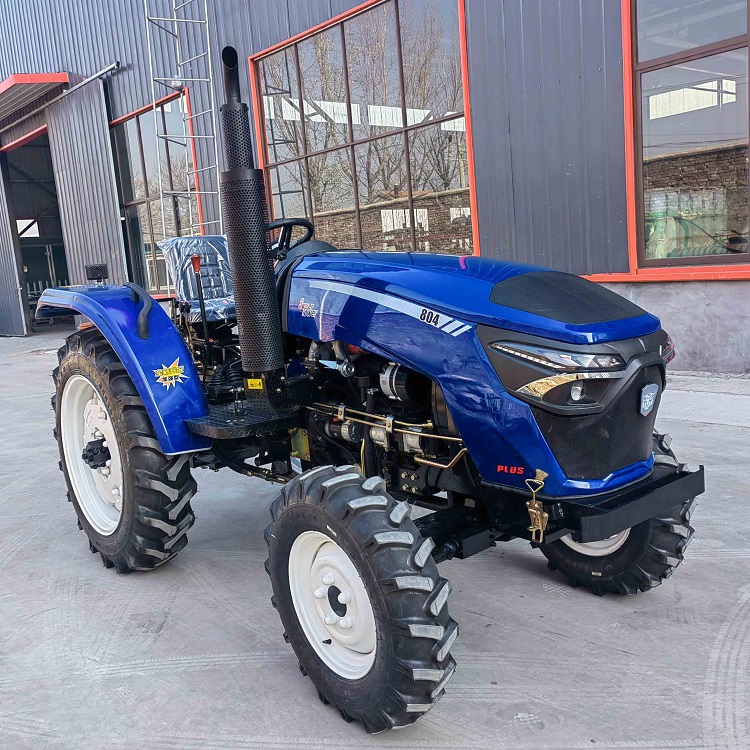
2. Financial and Cost Challenges
High R & D Investment Costs
AI technology is a high - tech field with huge R & D investment. For example, developing an advanced agricultural AI robot requires substantial financial support, from hardware design (procurement and manufacturing of high - performance sensors, precise actuators, stable mechanical structures, etc.) to software development (algorithm development, data mining and learning, intelligent control system design, etc.). For universities or research institutions, they need a large amount of scientific research funds from the government or other organizations. For enterprises, they face significant financial risks. If the R & D results have no market promotion value or the application effect is poor, the enterprise may suffer losses. Some start - up agricultural AI enterprises, without a stable source of funds, find it difficult to sustain high - cost R & D work for a long time, resulting in slow or even failed scientific research progress.
High Equipment Purchase and Maintenance Costs
Agricultural machinery equipped with AI technology is much more expensive than traditional agricultural machinery. For example, an intelligent tractor with a high - precision automatic navigation system and complex image recognition functions is far more costly than a traditional tractor. For agricultural operators mainly composed of individual farmers, the purchase cost is a difficult barrier to cross. Moreover, such equipment has a complex structure and high technical content. Once it malfunctions, the maintenance cost is also high. Maintenance may require professional technicians and special testing and maintenance tools, which ordinary agricultural machinery maintenance personnel may not be able to handle. This makes farmers hesitant to adopt AI - empowered agricultural machinery due to concerns about high usage costs, thus limiting the popularization and application of AI technology in agricultural mechanization.
3. Talent Shortage and Knowledge Popularization Dilemmas
Shortage of Professional Talents
The field of combining AI technology with agricultural mechanization is an interdisciplinary subject that requires compound talents proficient in both AI technology and agricultural knowledge. Currently, there is a severe shortage of such talents. On one hand, most of the talents trained by universities and other educational institutions are either pure AI technology talents or agricultural professionals, lacking a curriculum system and practical environment that combines the two. On the other hand, jobs in this field are relatively arduous, mostly located in rural areas or fields, which are not very attractive to talents. For example, an agricultural robot R & D enterprise needs both agricultural experts to provide agricultural knowledge such as crop growth cycles and agricultural machinery operation specifications, and AI engineers to optimize algorithms and write programs for the robot, but it is difficult to find talents who are proficient in both aspects.
Difficulty in Popularizing Knowledge among Farmers
For farmers, the main participants in agricultural production, AI technology is a relatively advanced emerging technology that is difficult to understand and master. Farmers generally have a low educational level and limited ability to accept new technologies. Many farmers are not even proficient in basic mobile phone operations and Internet technologies, let alone understand and apply AI technology. Moreover, there are a lack of effective training channels and methods to popularize knowledge among farmers. For example, some new - technology training programs for farmers are too abstract and lack practical case - based explanations, or the trainers have limited professional skills. As a result, farmers find it difficult to truly master the application knowledge of AI technology in agricultural mechanization, making it difficult to promote the use of AI technology in actual agricultural production.
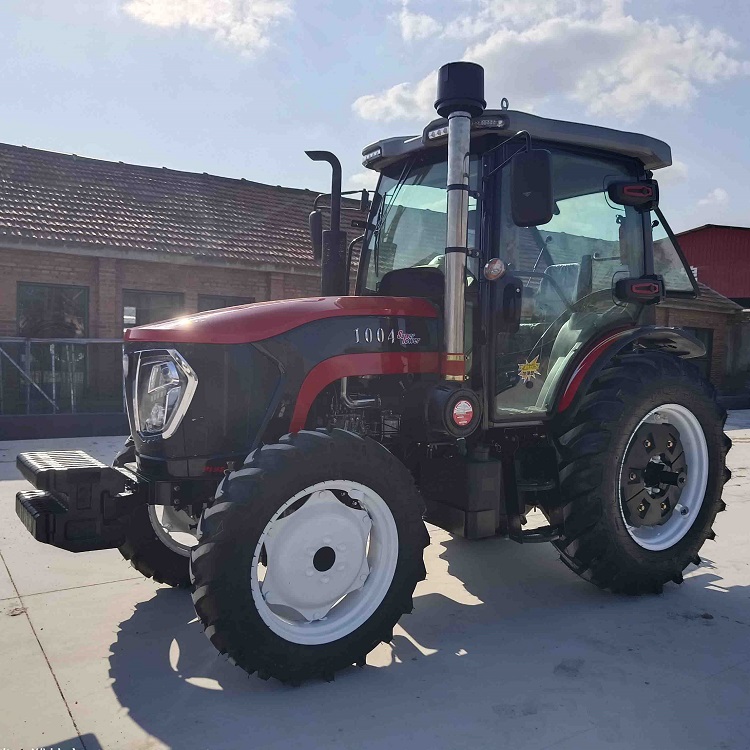
4. Application Environment and Data Security Challenges
Complex and Changeable Agricultural Environment
The agricultural production environment is complex, including diverse terrains (mountains, plains, hills, etc.) and weather conditions (extreme weather such as heavy rain, drought, and strong winds), which greatly affect the practical application of AI technology. For example, in mountainous areas, the undulating terrain may block satellite signals, affecting the navigation accuracy of intelligent agricultural machinery; severe weather can interfere with data collection operations of UAVs. Moreover, different crops and agricultural production scenarios have distinct requirements for AI devices. For example, an AI picking robot used in orchards needs to adapt to characteristics such as tree height and fruit distribution, which poses higher requirements for the applicability and flexibility of hardware devices and software algorithms. Most traditional AI technologies are developed based on ideal or industrial environments. In a complex agricultural environment, more customization and localization modifications are needed for normal functioning.
Data Security and Privacy Protection Issues
During the process of agricultural mechanization, AI technology needs to collect and analyze a large amount of agricultural production - related data, which involves sensitive information such as a farm's land resources, crop varieties, sowing and harvesting plans. Once the data is leaked, it may be maliciously exploited by competitors or pose a threat to national agricultural security. For example, if a farmer's planting plan is leaked, it may be manipulated by market speculators, causing abnormal fluctuations in agricultural product prices. At the same time, the cloud - based storage and data sharing methods relied on by AI technology also have security risks, such as being vulnerable to hacker attacks or internal leaks. Ensuring data security and privacy protection is one of the challenges that must be faced in the process of AI - empowered agricultural mechanization.
Author: The Hanzhong woodcutter
Source: Agricultural Machinery News Network

